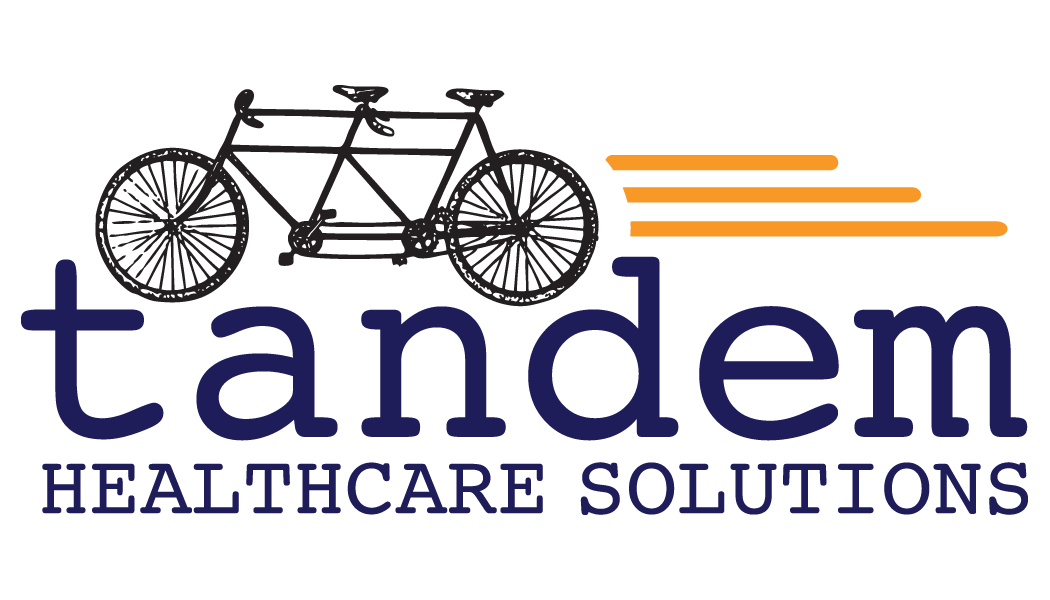My first significant patient experience occurred when I suffered sudden cardiac arrest in 2013. I was unconscious during the acute phase of my illness, so my perspective is of the long recovery process, which I view in two separate phases. The first phase took place in the hospital where a team of healthcare professionals cared for me around the clock. There were people who kindly addressed my questions, even the ones I asked no less than four times; who asked how I was doing and seemed to actually want to know the answer to the question; who knew my husband by name and greeted him as they changed the bed linens and emptied the trash; who collected my meal card and patiently listened to my complaints about how a pureed dinner roll tastes nothing like real bread. There was my clinical team to whom my husband and I felt enormous gratitude for saving my life. My physicians thoroughly explained the plan to insert an implantable cardioverter defibrillator (the only treatment option for sudden cardiac arrest), a device that constantly monitors my heart rate and will deliver an electric shock if ventricular defibrillation is detected. I remember feeling very safe and secure—all of my concerns alleviated, my questions answered (or at least the ones my post-coma brain could generate at the time). I was discharged home the day after my ICD surgery.
All of that care and attention came to an abrupt end with the second phase of my recovery, which began once I arrived home from the hospital. The flurry of activity and round-the-clock care stopped, my husband went back to work where he admits he spent more time worrying about my wellbeing than he did on actual work tasks. Soon after I arrived home, I began conversations with my own employer about short-term disability, coverage for my job responsibilities, and all sorts of other details I felt unprepared to address. My friends were raising children, planning vacations, and going after promotions at work. I was fearful of going to the grocery store, afraid that I might collapse to the floor in the cereal aisle while this foreign device in my chest delivered a series of electric shocks.
In that transition time between experiencing a catastrophic illness and attempting a return to normalcy, my husband and I were left on our own to process our experience and its impact on our lives going forward. That, to me, was far more challenging than having my blood pressure taken every hour, waking from a deep sleep for a needle stick, or understanding a 10-page after visit summary.
It was only after I began to adjust to this new reality as a cardiac patient that feelings of resentment that began to overshadow my sense of gratitude for the life-saving care I received. Rather than choosing the best treatment option for myself, I began to feel that I had given consent to the treatment plan my physicians wanted for me. Note there is a significant difference in designing a treatment plan for the patient, and designing that same treatment plan with the patient. Granted, in my case, the only other option would’ve been to have no intervention at all, a hard option to consider for a thirty-something-year-old woman who is at risk of experiencing another arrest in the future. As someone who likes to feel in control of her own health and wellness, however, having the opportunity to discuss this admittedly less desirable option with my team would’ve made all the difference to me as I navigated the path of recovery.
My own experience taught me that when the proverbial dust settles, the “what now?” question remains for our patients. This is an important facet of the patient experience, and it is directly impacted by what happens (or what doesn’t happen) during the patient’s time in the hospital. The extra five minutes that the physician or nurse spends asking about a patient’s values, hopes, and fears can mean the difference between feeling like a number and feeling like a person. The compassionate actions of the environmental services and dietary staff, the rehabilitation and nursing teams all create impressions and emotions that patients and families take with them into their recovery. For the patient, these actions can make the difference between feeling powerless to manage a chronic illness or to cope with an unexpected health scare and moving forward with new perspective and determination.
This is the “long view” of patient experience—the awareness that our actions as healthcare professionals have far-reaching impact. We become part of the patient’s story. My patient story is about the pain of losing control of my wellness and my decision-making power in the midst of immense gratitude for receiving miraculous, life-saving care from dedicated professionals. It is also about the care and compassion that my care team showed to me and the way that fueled my desire to derive meaning from my experience and to make a contribution in this field. I am a patient. However, a patient is not who I am.
Taking the “long view” of patient experience work helps us to realize the true impact of “the little things”, and it may just help each of us to reach beyond an organizational commitment to excellence and toward an individual commitment to doing good.


Recent Comments